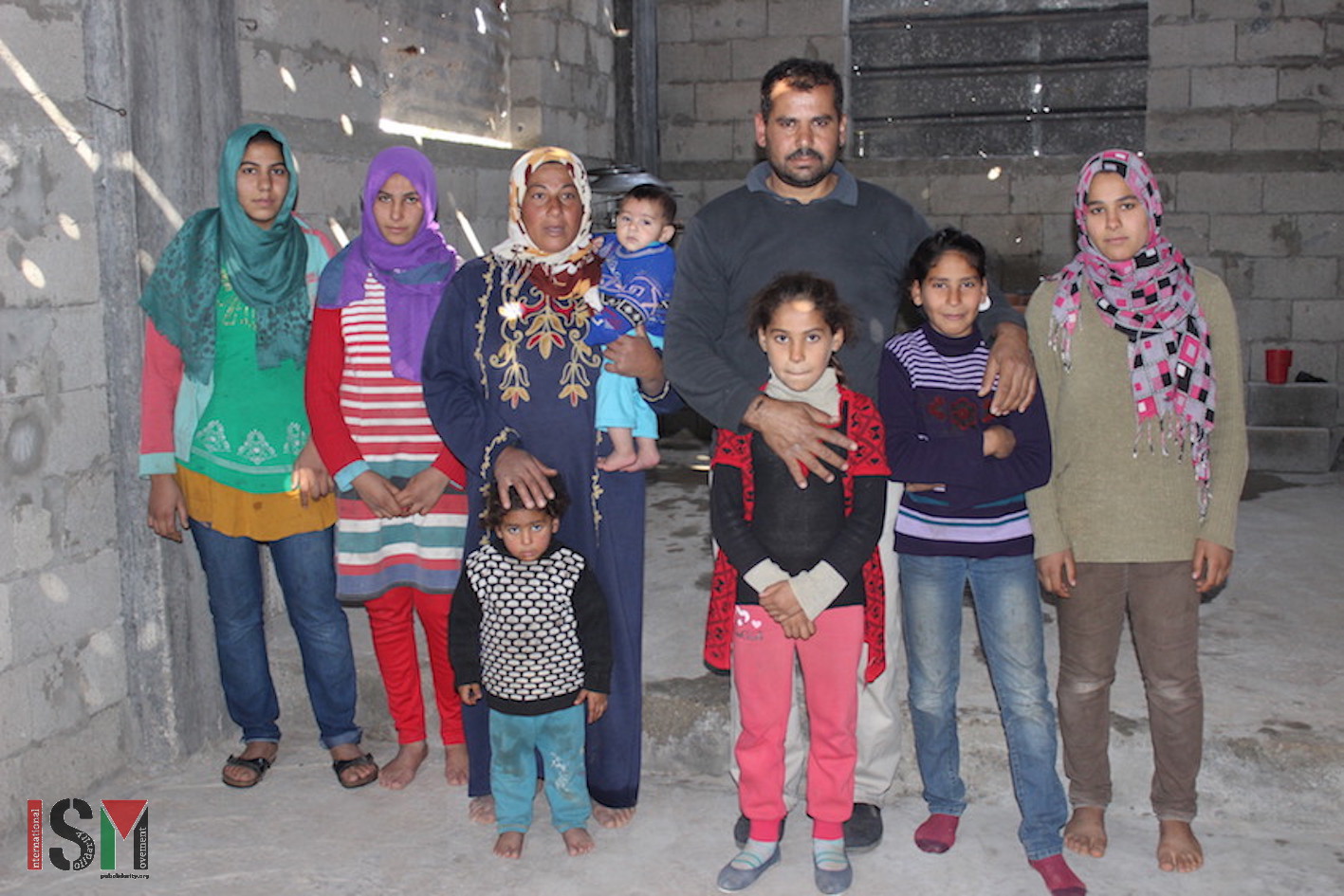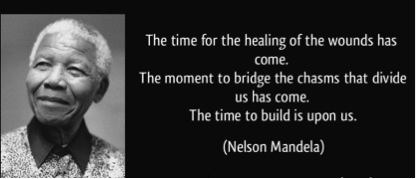Tag: Air Strike
-

Gaza families still enduring the aftermath of 2014 Israeli assault
13th January 2016 | International Solidarity Movement, Gaza Team | Beit Hanoun, Gaza strip, occupied Palestine A year and a half after the last massive assault on the Gaza Strip the promised reconstruction has not yet appeared. However, what has not ceased to appear since then are new sequels and side effects due to the Israeli forces’…
-

Self-healing in Gaza
29th August 2014 | Sarah Algherbawi | Gaza, Occupied Palestine Sarah Algherbawi is a Palestinian citizen who was born in Saudi Arabia in 1991 and now lives in the Gaza Strip. She finished her BBA degree in Business Administration at the Islamic University of Gaza, and now works as a media project coordinator. The killing and bombing is finally done.…
-

‘Legitimate’ targets
26th August 2014 | Charlie Andreasson | Gaza, Occupied Palestine This article was published before the recently agreed ceasefire. High-rise buildings have now been declared as legitimate targets for F-16 aircraft attacks. Yesterday evening a 16 story house called Little Italy, home to 100 families, was destroyed. No one was killed, but around 20 people was injured,…
